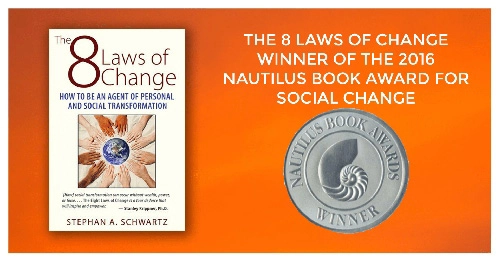I couldn’t believe my eyes.
I was in a Minneapolis branch of Byerly’s, an upscale grocery chain in Minnesota. Scanning the aisles for a small extravagance for my dinner hosts, I noticed that the shelf labels included not just the price-per-unit, which I’m used to, but little blue and white linked hexagons marked on a scale of 1 to 100 — a ‘NuVal’ score.
NuVal scores don’t tip you off to a bargain. They tell you how good or bad a food is for your health.
Yeah, right. The idea that a food store would admit — would explicitly declare, on the spot, as your hand is reaching for it — that a product it’s selling is nutritionally crappy: that violates every principle of Marketing 101, not to mention Ayn Rand 101.
This is different from the labels that the U.S. Food and Drug Administration has required since 1990. Those are well-intentioned marvels of confusion, containing so much information (are you getting your minimum daily requirement of magnesium?), so much disinformation (calculating calories per serving, when a serving is half the amount a runway waif would eat), so much incomprehensible information (I forget — is tripotassium phosphate good or bad for you?) that you […]









